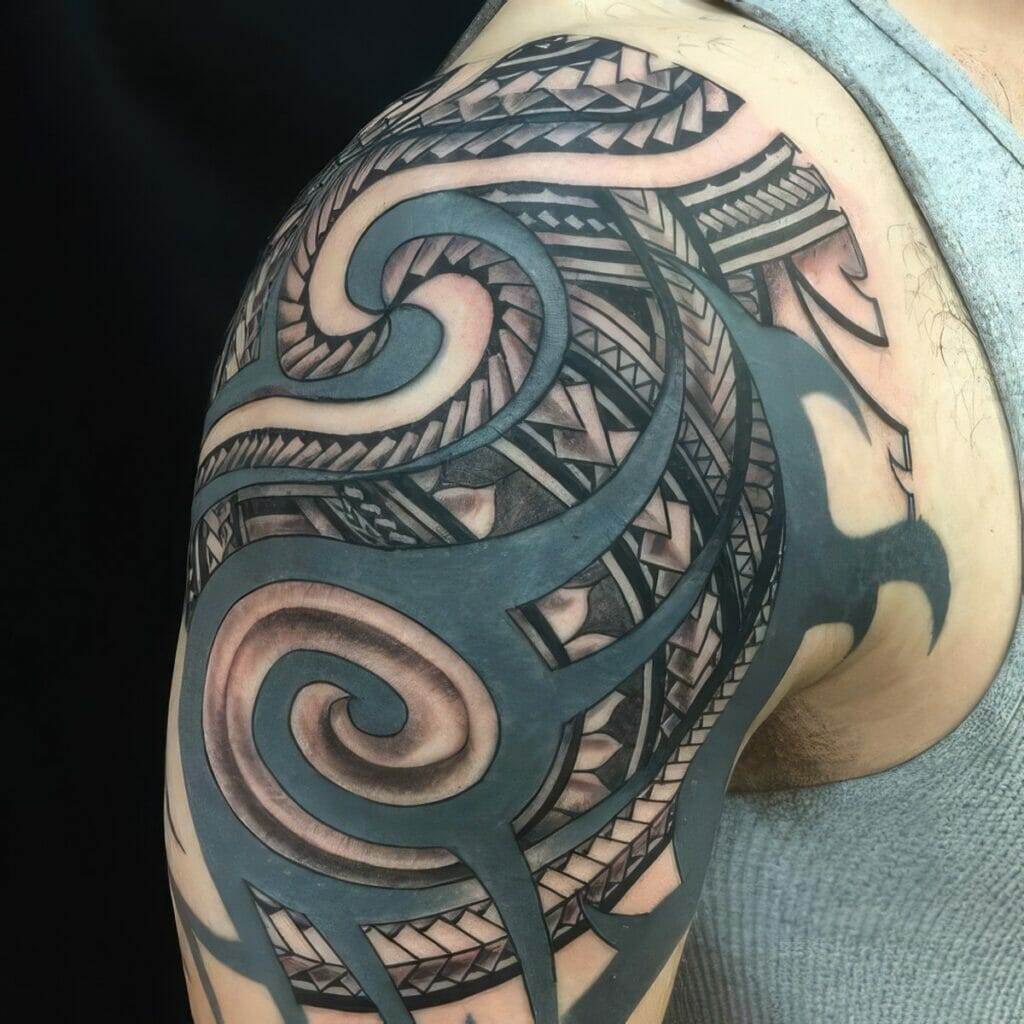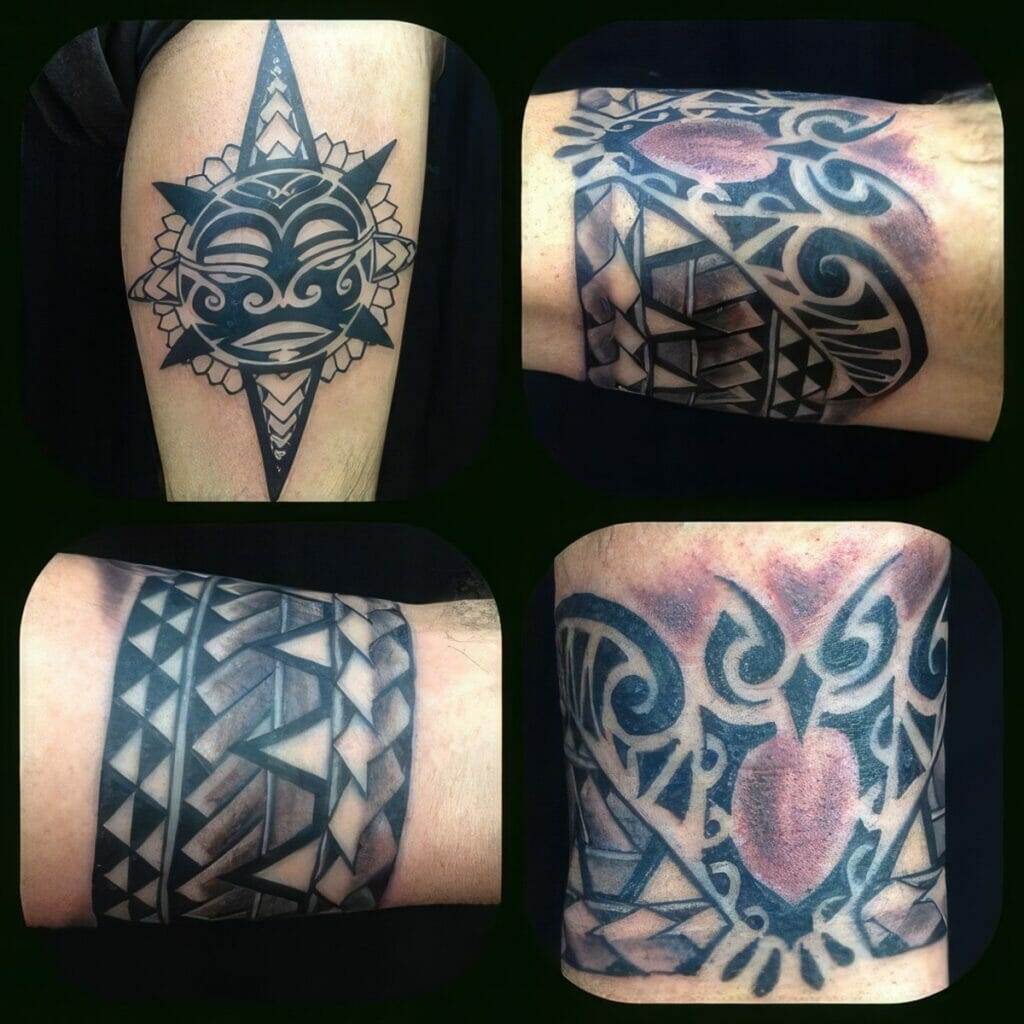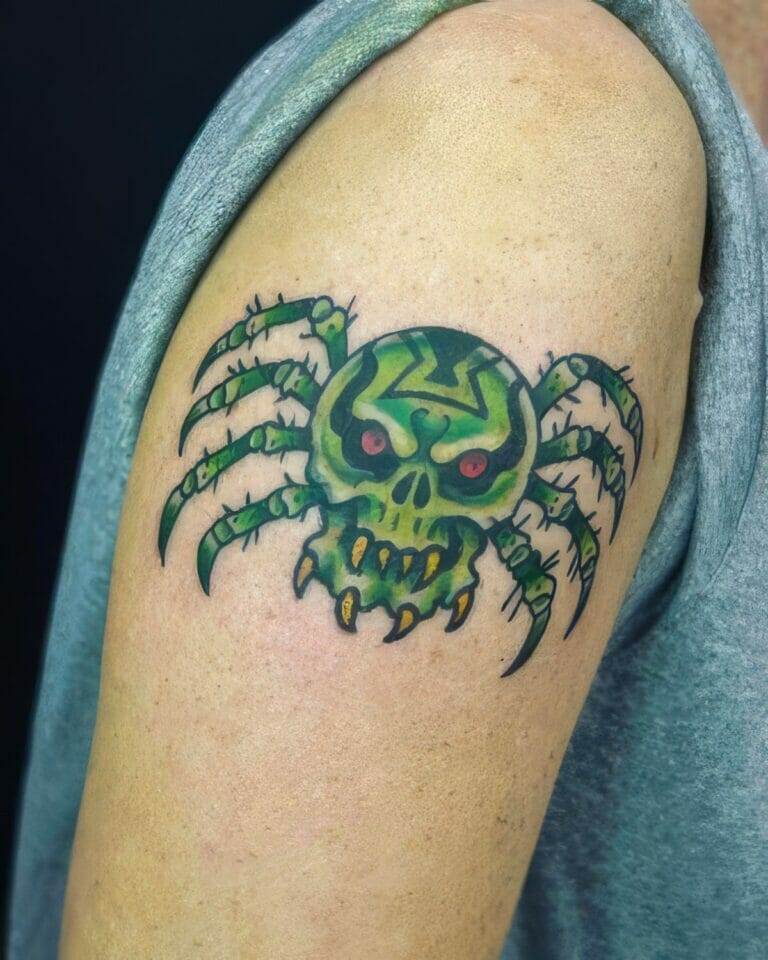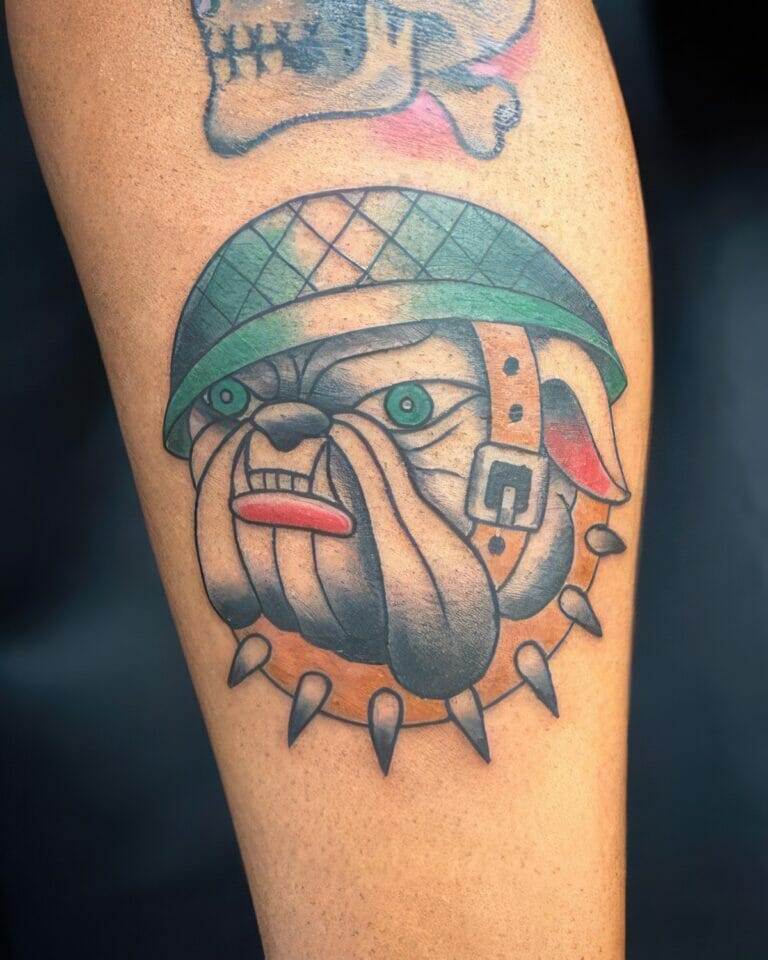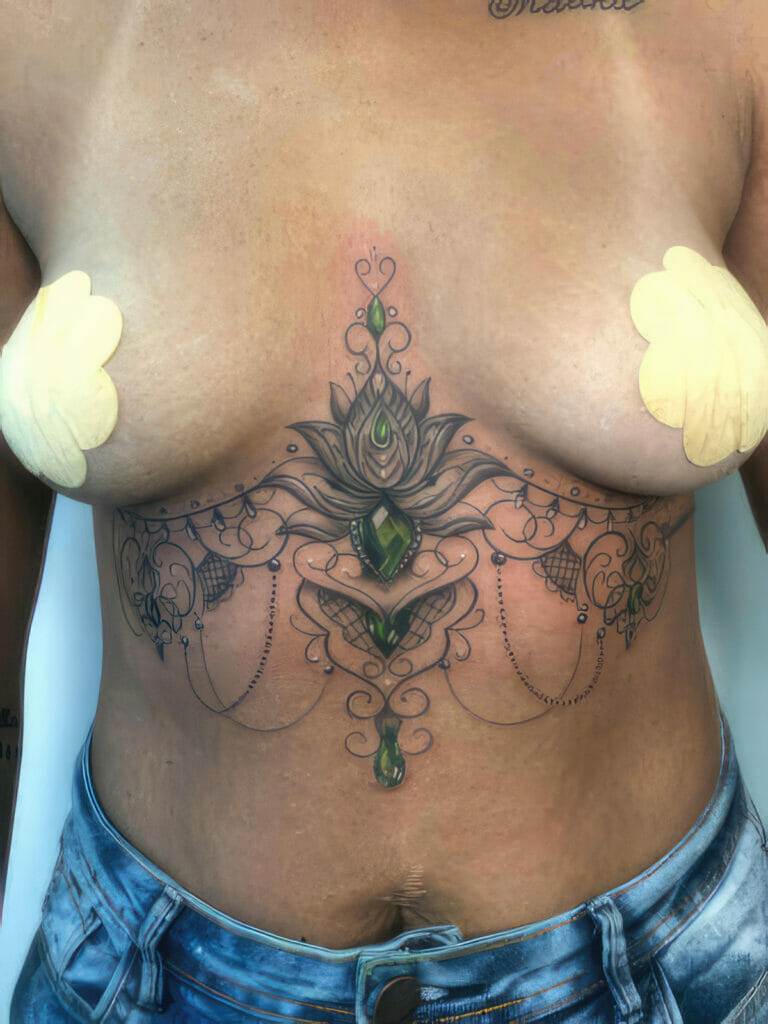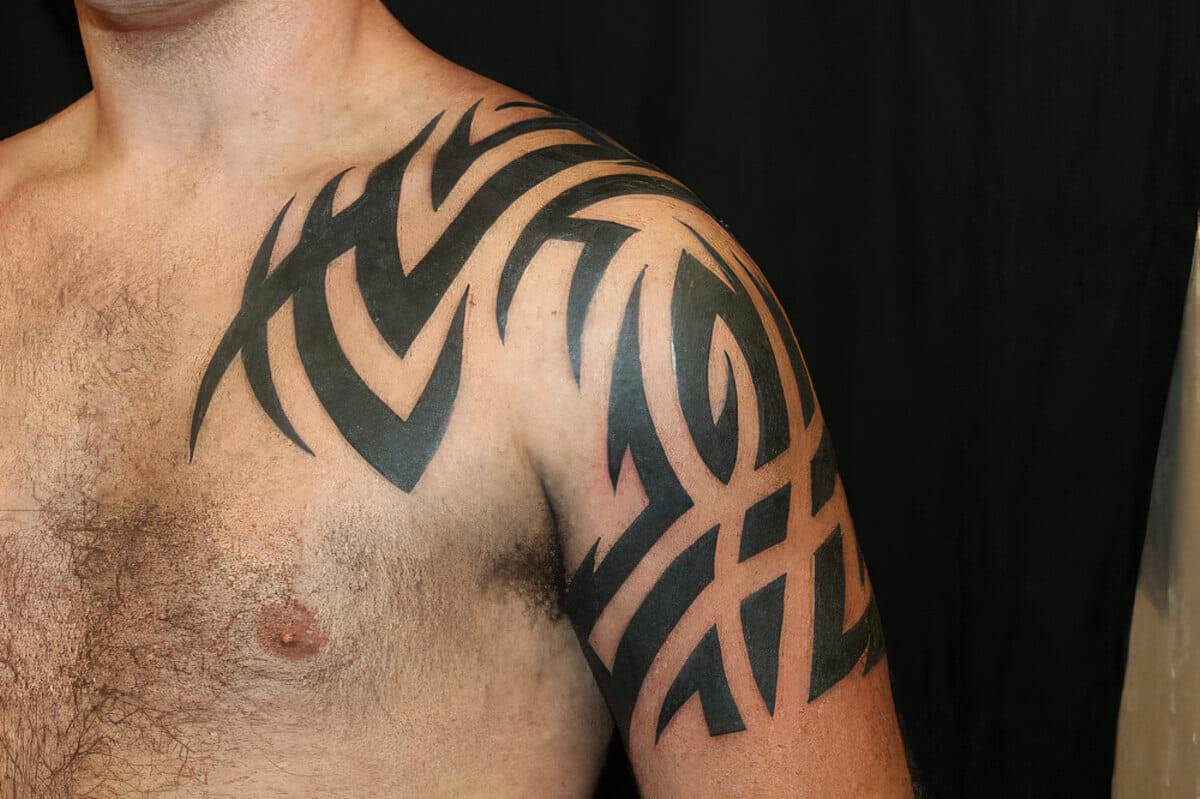
Introduction to Polynesian tattoos and their significance
Polynesian tattoos are a unique form of body art that originated in the Pacific Islands. These tattoos have a deep cultural and historical significance for the Polynesian people. They are not just decorative, but also hold important symbolic meanings. Polynesian tattoos are characterized by intricate designs and patterns, often representing various aspects of Polynesian culture, spirituality, and personal identity.
History and origins of Polynesian tattoos
Polynesian tattoos have a rich history that dates back thousands of years. The art of tattooing in Polynesia has been practiced for centuries and holds great importance in the Polynesian culture. The origins of Polynesian tattoos can be traced back to the ancient Polynesian tribes, who used tattoos as a way to distinguish between different tribes and social statuses. Tattoos were seen as a symbol of strength, courage, and tribal identity.
The techniques used in creating Polynesian tattoos were and continue to be unique to the region. The tattoos were traditionally created using handmade tools made from boar tusks, bones, or turtle shells. The process of tattooing was a sacred ritual that involved rituals and chants to invoke the spiritual powers and protect the wearer.
Over the years, the art of Polynesian tattoos has evolved and adapted to modern tattooing techniques, but the symbolism and cultural significance remain. Today, Polynesian tattoos are highly sought after by people from all around the world, not only for their aesthetic appeal but also for the meaning they convey.
In the next sections, we will explore different elements of Polynesian tattoos, including the symbolism behind the designs, the different types of Polynesian tattoos, and their significance in Polynesian culture.
Traditional Polynesian Tattoos
Traditional Polynesian tattoo designs and patterns
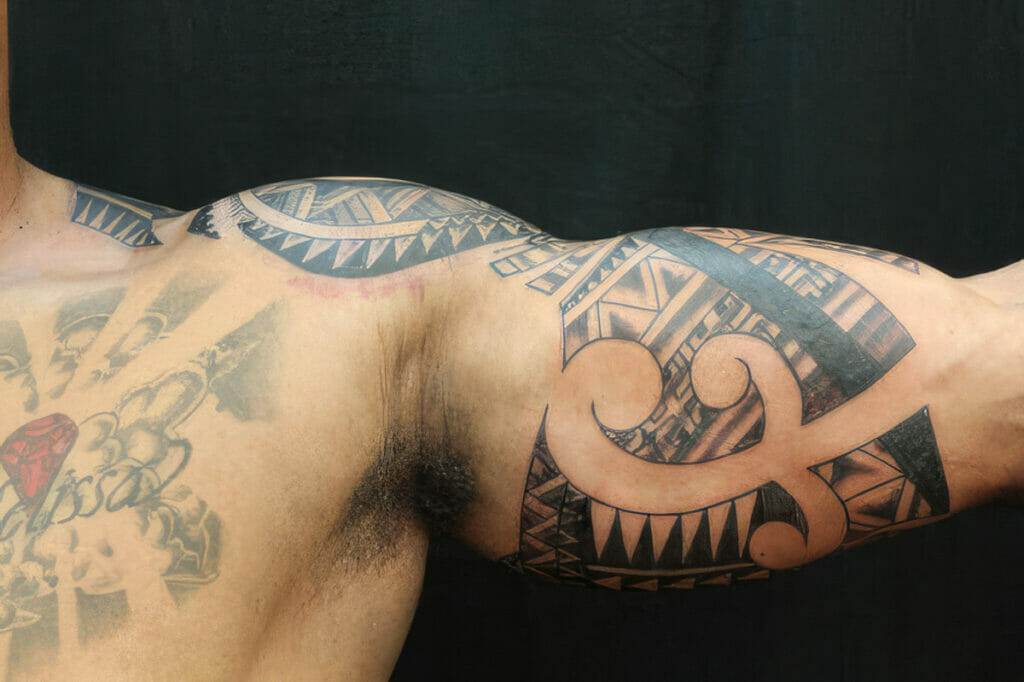
Traditional Polynesian tattoos are characterized by their intricate and geometric designs. These tattoos often feature bold lines and intricate patterns that cover large areas of the body. The designs are carefully created to flow with the contours of the body, creating a visually striking effect. Some common traditional Polynesian tattoo designs include:
- Enata: These designs feature a variety of elements, including human figures, animals, and objects, representing different aspects of Polynesian culture and mythology.
- Marquesan cross: This cross-like design is a symbol of protection and spiritual connection to the gods.
- Tiki: Tiki is a human-like figure often seen in Polynesian tattoo designs, representing spiritual ancestors and divine guardians.
- Ocean waves: Waves are a common motif in Polynesian tattoos, symbolizing the connection between the Polynesian people and the sea.
Meanings and symbolism behind traditional Polynesian tattoos
Traditional Polynesian tattoos hold deep cultural and personal significance. Each design has its own specific meaning and represents a particular aspect of Polynesian culture or personal identity. Here are some common meanings behind traditional Polynesian tattoo elements:
- Sun: Represents life, power, and leadership.
- Shark teeth: Symbolizes protection and strength.
- Sea turtle: Represents fertility, longevity, and guidance.
- Spearhead: Signifies courage, bravery, and warriorhood.
- Enata (human figures): Represents relationships, family, and social hierarchy.
These tattoos are not only a form of self-expression but also serve as a visual representation of an individual’s identity, culture, and personal journey. Traditional Polynesian tattoos continue to be highly respected and sought after as a way to honor and connect with Polynesian heritage and traditions.
Modern Polynesian Tattoo Styles
Evolution of Polynesian tattoo styles in modern times
Modern Polynesian tattoo styles have seen a significant evolution from traditional designs. While traditional Polynesian tattoos were typically done using hand-tapping techniques, modern Polynesian tattoos employ electric tattoo machines for a more precise and efficient process. Additionally, advancements in tattoo ink and equipment have allowed for more vibrant colors and intricate details in modern Polynesian tattoo designs.
Incorporation of contemporary elements in Polynesian tattoos
Modern Polynesian tattoos often incorporate contemporary elements and personal symbolism. Artists may incorporate elements such as flowers, compasses, or tribal patterns from other cultures to create a unique and personalized design. Additionally, individuals may choose to incorporate meaningful symbols or words that hold personal significance to them.
In comparison to traditional Polynesian tattoos, modern Polynesian tattoo designs may feature a more compact and concentrated style, with smaller and more detailed patterns. This allows for a greater variety of design options and the ability to create a visually impactful tattoo on smaller areas of the body.
While traditional Polynesian tattoos hold deep cultural and personal meanings, modern Polynesian tattoos provide individuals with the opportunity to create a design that reflects their personal journey, beliefs, and interests. The incorporation of contemporary elements in modern Polynesian tattoos allows for a fusion of cultural heritage and personal expression.
Polynesian Tattoo Techniques
Traditional Polynesian tattooing techniques explained
In traditional Polynesian tattooing, the process involved using hand-tapping techniques to apply the designs onto the skin. The artist would use a small comb-like tool called a “combs” or “au” and a mallet to gently tap the ink into the skin. This method required a high level of skill and precision, as the artist would have to ensure consistent pressure and depth to create the desired effect.
Tools and methods used in Polynesian tattooing
In modern Polynesian tattooing, electric tattoo machines are commonly used to create the designs. These machines allow for a more efficient and precise process, as the repetitive tapping motion is replaced with the rapid oscillation of needles. The use of electric tattoo machines also allows for faster healing times and less discomfort during the tattooing process.
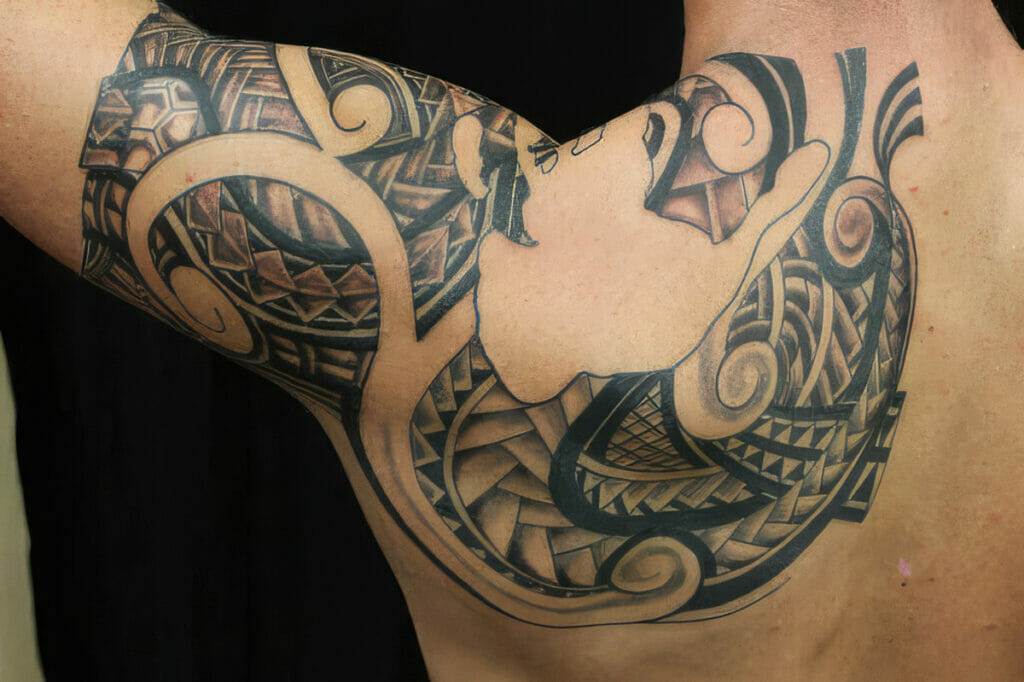
The ink used in both traditional and modern Polynesian tattoos has also evolved. In the past, natural pigments were created from various plant materials, such as burnt coconut shells or ground-up volcanic rocks. However, modern tattoo ink now contains synthetic ingredients that provide more vibrant colors and longer-lasting results.
Comparing the two techniques, traditional Polynesian tattooing required more time, skill, and patience, resulting in larger and bolder designs. On the other hand, modern Polynesian tattooing techniques allow for more intricate and detailed patterns, as well as the incorporation of contemporary elements. Both techniques have their own unique appeal and hold cultural significance in the art of Polynesian tattooing.
Cultural Significance of Polynesian Tattoos
Polynesian cultural beliefs and values associated with tattoos
In Polynesian culture, tattoos hold deep spiritual and cultural significance. Each design carries specific meanings and symbolizes different aspects of life, such as family, heritage, and personal achievements. The traditional Polynesian belief is that tattoos serve as a connection between the physical and spiritual realms, acting as a form of protection and guidance throughout one’s journey in life. These beliefs are deeply ingrained in Polynesian heritage and continue to be respected and honored by those who choose to get tattooed in the traditional Polynesian style.
Role of tattoos in Polynesian society and identity
Tattoos play a crucial role in Polynesian society, acting as a visual representation of one’s identity and status within the community. In the past, tattoos served as a rite of passage, marking important milestones in a person’s life, such as reaching adulthood or achieving a certain social standing. They also served as a form of identification and allowed individuals to distinguish themselves from others, representing their unique family lineage and cultural affiliations. Today, Polynesian tattoos continue to be a source of pride and a way for individuals to connect with their cultural heritage, acting as a visible symbol of their Polynesian identity.
In conclusion, Polynesian tattoos are not just works of art but are deeply rooted in cultural beliefs and values. These tattoos reflect the rich history and traditions of the Polynesian people and continue to hold immense cultural significance today. Whether it be the traditional hand-tapping techniques or the use of modern tattoo machines, the art of Polynesian tattooing carries on as a testament to the enduring legacy of Polynesian culture.

